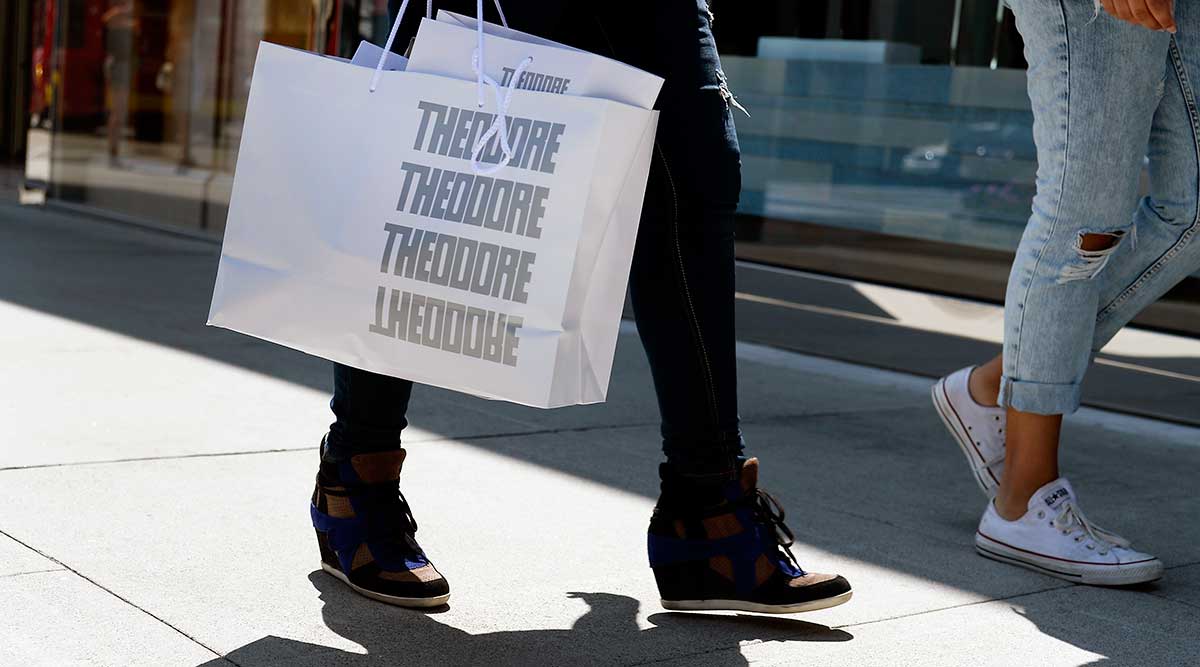Consumer Sentiment Rises to Highest Since July 2007

Consumer confidence rose in October to a seven-year high as employment opportunities and declining gasoline prices boosted Americans’ spirits.
The Thomson Reuters/University of Michigan final index of sentiment increased to 86.9, the highest since July 2007, from 84.6 in September. The median projection in a Bloomberg News survey of 62 economists called for the measure to hold at its preliminary October reading of 86.4.
Cheaper fuel, rebounding stock prices and job gains on pace for their strongest year since 1999 are keeping households upbeat. Bigger wage gains that accompany the increase in hiring would help provide a bigger push for consumer spending that unexpectedly dropped last month.
“Consumers have more disposable income to spend on things other than gasoline,” Michael Feroli, chief U.S. economist of J.P. Morgan Chase & Co. in New York, said before the report. “Overall, consumer spending should be pretty decent in the fourth quarter.”
Estimates in the Bloomberg survey for the sentiment measure ranged from 84.4 to 87.7. The index averaged 89 in the five years before December 2007, when the last recession began, and 64.2 in the 18-month contraction that followed.
The Michigan sentiment survey’s index of expectations six months from now increased to 79.6 in October, also the highest since July 2007, from 75.4 last month. The preliminary reading was 78.4. The gauge of current conditions, which measures Americans’ views of their personal finances, fell to 98.3 from 98.9.
The Conference Board’s confidence index climbed this month to a seven-year high as consumers’ expectations for the next six months rose to its highest since February 2011. Measures of current conditions and the labor market also improved.
Strides in the labor market are probably underpinning Americans’ spirits. Employers have added an average 227,000 workers a month to payrolls so far this year. Payrolls probably climbed about 230,000 in October, according to the median forecast in a Bloomberg survey before the Labor Department’s Nov. 7 report.
Lower fuel prices are helping increase consumers’ purchasing power at a time when wage gains are limited. A gallon of regular fuel at the pump cost $3 on average yesterday, the cheapest since December 2010, according to figures to AAA, the biggest U.S. auto group.
Average hourly earnings rose 2% in September from a year earlier, matching average since the last recession ended in June 2009.
Limited increases in worker pay help explain a slowdown in consumer spending, which rose at a 1.8% annualized rate in the third quarter after a 2.5% gain in the prior three months, according to Commerce Department data.




